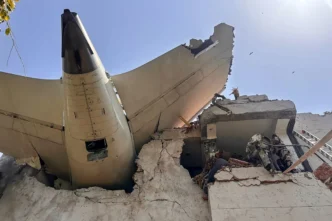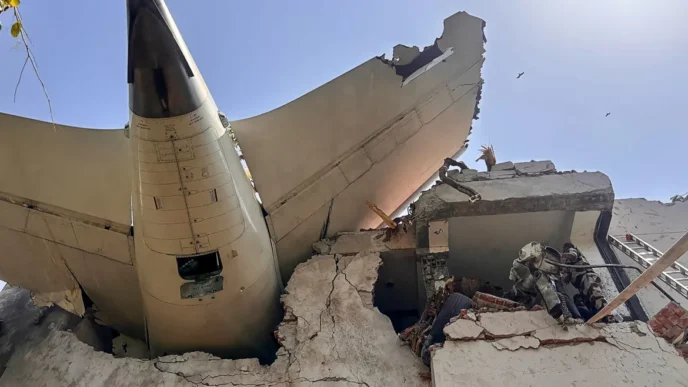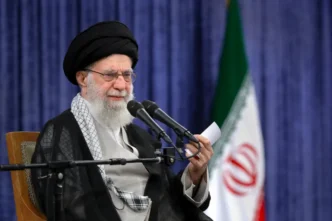Iran and Israel, two of the Middle East’s most formidable military powers, have honed distinct strengths and vulnerabilities amid their ongoing proxy and direct confrontations. Here’s a closer look at their military capabilities:
Troop Strength
-
Iran fields approximately 610 000 active personnel—split between the regular army (~350 000), the IRGC (~190 000), navy, air force, air defence—and maintains around 350 000 in reserve. Military service is conscripted for men aged.
Advertisement -
Israel has about 169 500 active military members (army, navy, air force) and around 465 000 reservists, supported by universal conscription.
Military Budgets
-
Iran’s defence expenditure was around $10.3 billion in 2023.
-
Israel outspends it significantly, with a $27.5 billion budget—driven in part by the Gaza.
Armoured and Naval Assets
-
Iran fields over 10 500 battle tanks and nearly 6 800 artillery systems, with an extensive fleet including 17 tactical submarines, 68 patrol boats, seven corvettes, and more.
-
Israel’s armour is more modest—roughly 400 tanks and 530 artillery pieces—supported by five submarines and 49 coastal vessels .
Air and Missile Supremacy
-
Iran operates 312 combat aircraft plus IRGC-controlled planes and five helicopters. Its missile arsenal includes dozens of medium- and short-range ballistic missiles (range: 150 – 2 000 km), including the hypersonic-capable Fattah-1, which travels at Mach 13‑15 .
-
Israel, with 345 combat aircraft and 43 attack helicopters, also boasts strategic missiles like the LORA and Jericho-3 (range up to 6 500 km).
Air Defence Systems
-
Israel relies on a layered system: 10 Iron Dome batteries, David’s Sling (40–300 km), and Arrow systems (up to 2 400 km).
-
Iran fields a mix of Russian S‑200/S‑300 systems, local Bavar‑373, U.S.-modelled Hawk systems, and Chinese short-range Tor-M1 batteries, plus mobile Azarakhsh systems.
Nuclear Arsenal
-
Israel is estimated to have around 90 nuclear warheads, though it maintains official ambiguity.
-
Iran, while having no confirmed nuclear weapons, maintains advanced enrichment infrastructure and has put a religious ban on weaponising them—though its missile forces could carry such payloads if policy changes .
What This Means:
Israel has a technology-driven edge in air, missile, and naval forces, while Iran relies on larger conscripted forces, a sizable missile inventory—including emerging hypersonics—and integrated air defences. Iran’s arsenal enables deep strikes across the region, yet Israel’s missile and nuclear deterrence, coupled with U.S.-backed defense systems, help tilt the military balance .
However, escalating attacks—such as Iran’s October 2024 ballistic missile barrage and Israel’s precision strikes—test these systems and foreshadow a fragile balance that risks rapid escalation













